The Background
In an attempt to build some back-end services for my e-commerce (Shopify based) site I have set up a Firestore trigger that writes order details with every new order created which is updated by a web hook POST function provided by Shopify - (orders/Create webhook).
My current cloud function -
exports.saveOrderDetails = functions.https.onRequest((req, res) => {
var docRef = db.collection('orders').doc(req.body.name);
const details = req.body;
var setData = docRef.set(req.body).then( a =>{
res.status(200).send();
});
});
Which is able to capture the data from the webhook and store it in the order number's "name" document within my "orders" collection. This is how it looks in Firestore:
My question is - with the help of body-parser (already parsing out "name" which is represented as #9999 in my screenshot, to set my document name value) - how could I improve my cloud function to handle storing this webhook POST in a better data structure for Firestore and to query it later?
